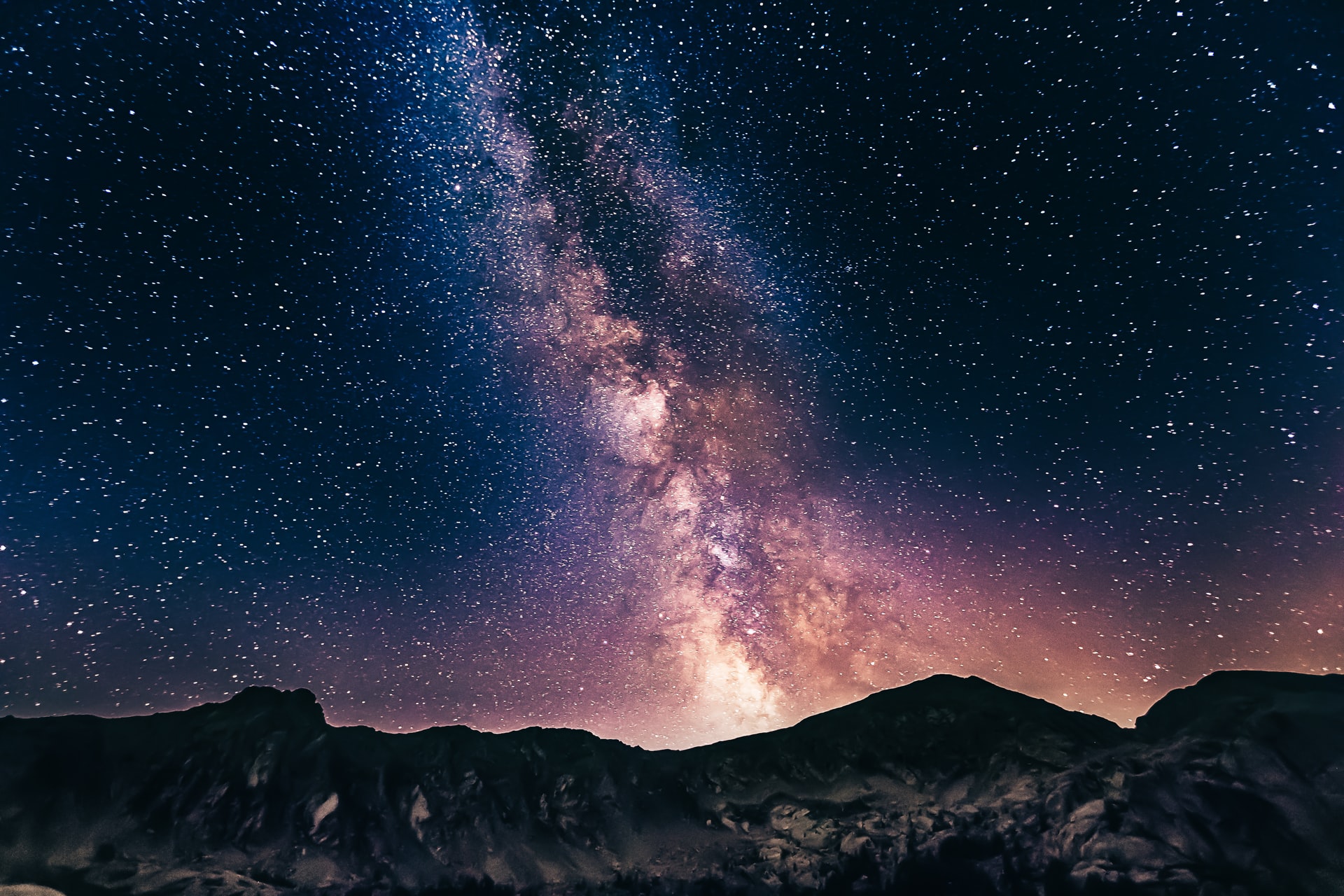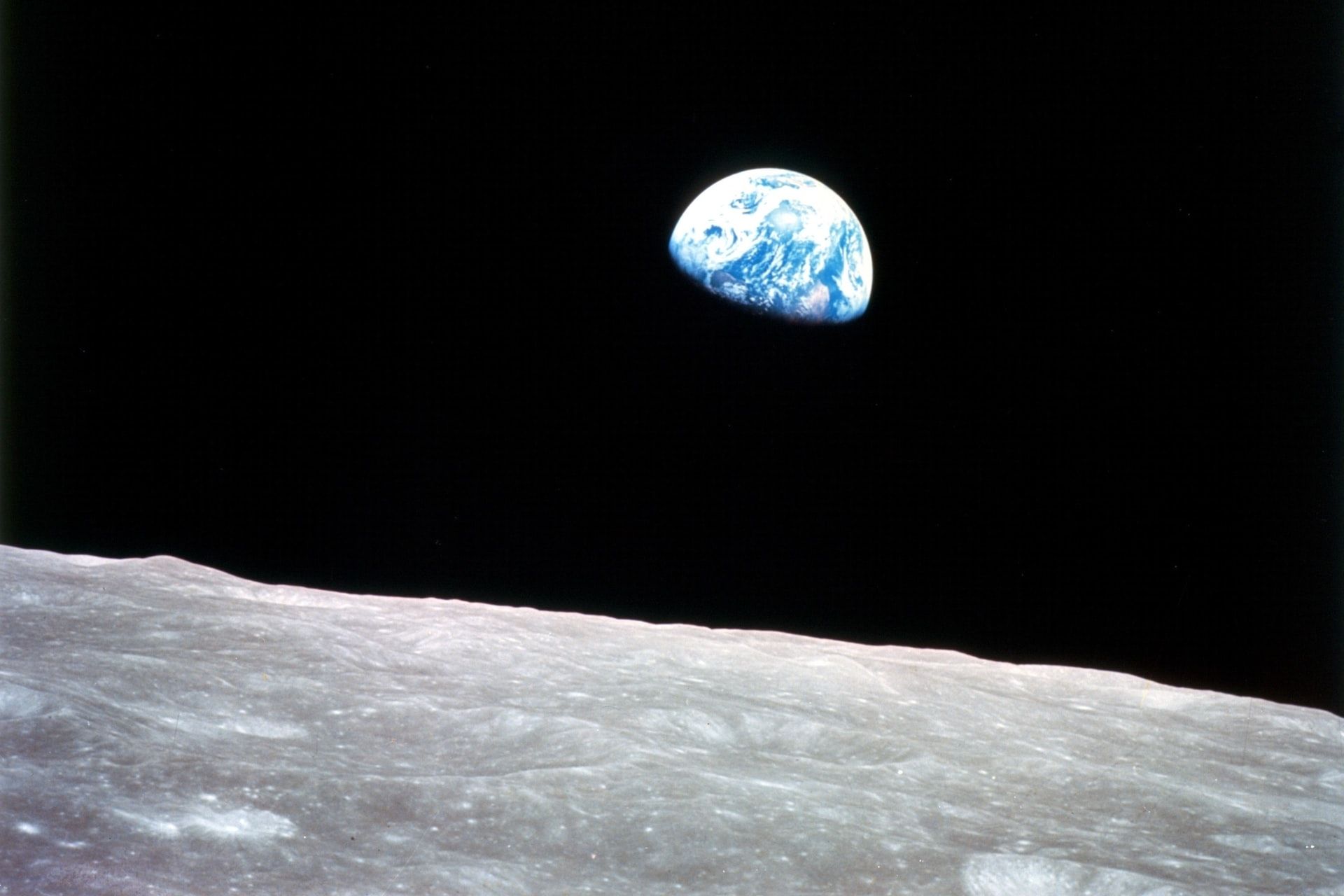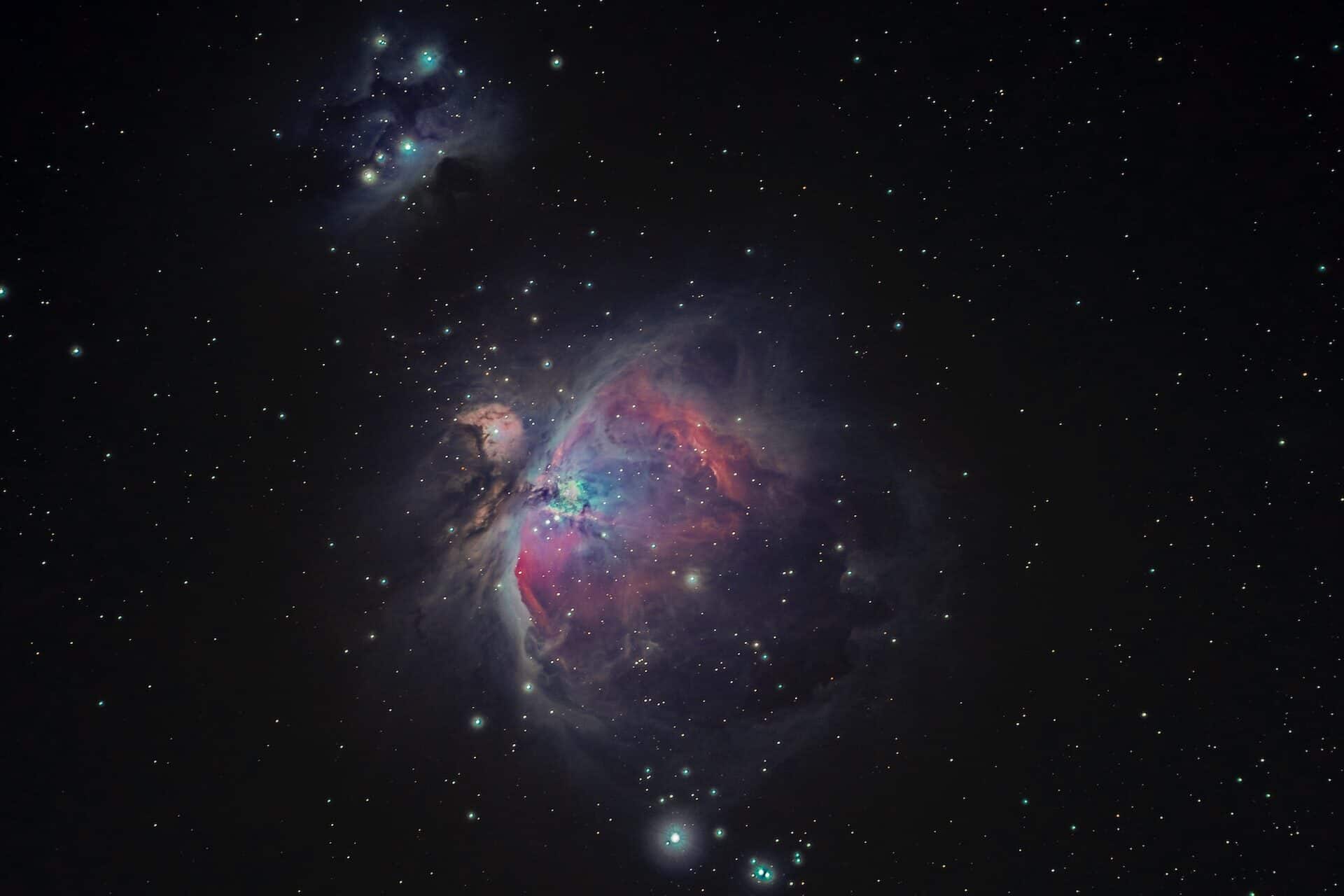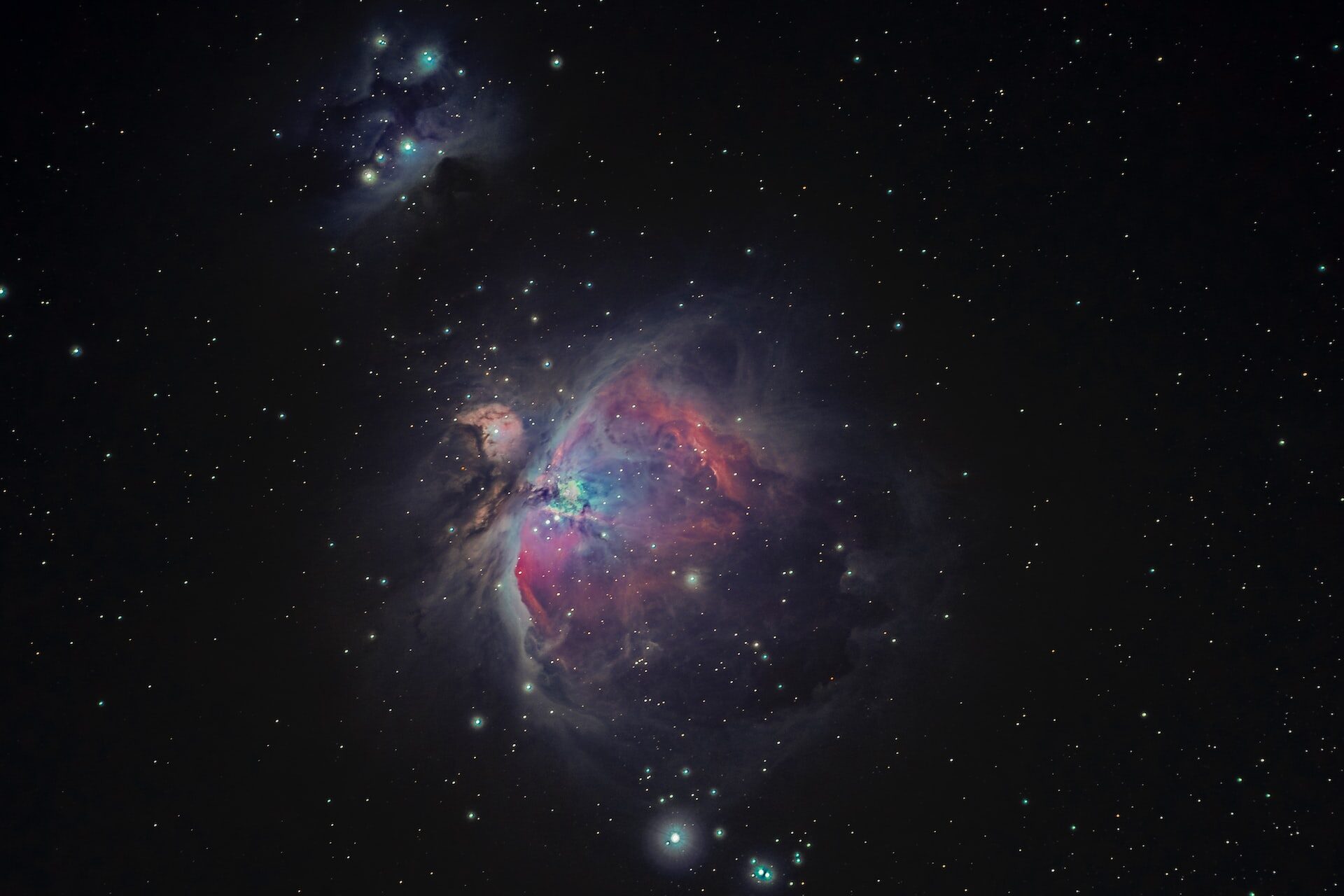
Unlocking New Knowledge: Facts About the Milky Way and Recent Developments
August 31, 2022 - Emily Newton
Revolutionized is reader-supported. When you buy through links on our site, we may earn an affiliate commision. Learn more here.
Scientists know a lot about the Milky Way, but that galaxy, which includes our solar system, still has many surprises to reveal. For example, it’s well-established that the Milky Way contains at least 100 billion stars and that they show up as a hazy strip in the night sky rather than being individually distinguishable. Let’s take a closer look at some facts about the Milky Way, as well as some fascinating discoveries.
People Connected the Milky Way to Cultural Myths and Norms
Humans love to find meaning for things, especially if they don’t fully understand them. Such was the case for many ancient civilizations. They didn’t have neatly organized books of facts about the Milky Way to guide their thirst for knowledge. However, many believed the galaxy was somehow linked to well-known myths in their respective cultures.
The Milky Way even got its name from a Greek myth. It involved the goddess Hera pushing young Hercules away from her breast during feeding, causing a stream of milk to leak across the sky. In contrast, some early Hindus viewed the Milky Way as a path to the throne of their god, Aryaman.
Civilizational norms also influenced how people perceived the galaxy’s composition. The Incas, which placed significant value on gold, believed the Milky Way was full of gold dust. Other groups saw it as a road to the center of civilization.
The natural world impacted many of these views, too. The Milky Way was a cloud-eating shark to Polynesians. Native Americans from the Great Lakes region saw the galaxy as a muddy creek and turtle.
Early civilizations saw the Milky Way in all its glory, thanks to the absence of light pollution. It’s easy to understand why they worked so hard to assign meaning to it. Doing that helped remove much of the uncertainty stemming from the unknown.
The Milky Way Consumed Other Galaxies During Its Creation
Even as researchers progressively uncover new facts about the Milky Way, they still have many questions about its formation. However, a team recently used Australia’s largest optical telescope to get some answers. They used a piece of equipment called the High Efficiency and Resolution Multi-Element Spectrograph (HERMES). It allowed them to separate light from 600,000 stars into wavelengths. Those wavelengths create stellar wavelengths scientists call spectra.
One of the most useful things about the spectra is that each one features bands of light that vary according to a star’s composition. Scientists examined them and identified the prevalence of more than two-dozen elements. Doing that also helped them determine where the elements, such as sodium and magnesium, appeared at the star’s birth.
The researchers believe their work will help them learn more about which galaxies the Milky Way consumed when it formed in the universe, as well as more about the galaxy’s beginnings. The team also delved into facts about the Milky Way when it explained how the galaxy features two star populations of different ages.
The older stars’ positioning creates a bulge near the center of the Milky Way’s plane. Then, the younger stars form a substantially thinner band in the galaxy. Scientists still don’t know why the older stars moved to make the bulge shape. However, they hope emerging work related to galactic collisions could provide insights,
The Milky Way Is a Barred Spiral Galaxy
One of the most commonly cited facts about the Milky Way is that it’s a spiral galaxy. These galaxies account for about 60% of the ones people can see. Additionally, astronomers have learned that Sagittarius A*, located at the Milky Way’s center, is the galaxy’s supermassive black hole.
Spiral galaxies are either the normal or barred type. The Milky Way is the latter. That means it has a bar of stars passing through the center bulge and nucleus. However, normal spiral galaxies. The galaxy’s arms typically begin at the end of bars.
However, in a normal spiral galaxy, there is no centralized bar. Plus, the arms begin at the galaxy’s center.
Researchers predicted that the Milky Way’s central bar is not moving as fast as it was. However, they confirmed that for the first time in 2021. More specifically, it has slowed about a quarter over its existence. The scientists said dark matter functions like a counterweight to affect how fast the center bar spins.
The researchers made their conclusions after examining data from the Gaia space telescope. It was from a large group of stars called the Hercules stream. A key point is that they revolve around the galaxy at the same rate as the Milky Way’s bar.
The data let the group confirm that the stars had chemical fingerprints showing an above-average richness in heavy metals. That indicated they’d traveled away from the galactic center to an area about 10 times richer in heavy metals than the outer galaxy. This example highlights how people can build on earlier known facts about the Milky Way, using them as jumping-off points for expanding their knowledge.
Some Facts About the Milky Way May Mirror Earth’s
When astronomers learn about the Milky Way, they sometimes use the Earth as a reference point. Doing that makes it easier for people without in-depth knowledge of the galaxy to make comparisons they can understand. It doesn’t hurt that many individuals naturally feel fascinated by anything related to outer space. For example, experts from at least two perfumeries have made concoctions while trying to replicate the scent astronauts noticed during their time away from Earth.
Researchers at the University of Copenhagen recently learned that the Milky Way may have continents, not unlike those on Earth. Additionally, they believe the galaxy could have aquatic planets.
The team used computer modeling to determine that millimeter-sized dust particles of ice and carbon helped form what eventually became Earth. They pointed out that such particles also orbit around all the Milky Way’s young stars.
Anders Johansen, who worked on the project, explained, “All planets in the Milky Way may be formed by the same building blocks, meaning that planets with the same amount of water and carbon as Earth — and thus potential places where life may be present — occur frequently around other stars in our galaxy, provided the temperature is right.”
The researchers clarified that all the Milky Way’s planets might have some of the same characteristics as Earth, including about the same amount of water and the potential to support life. The team’s plans include using spectroscopy telescopes. Those will tell them how much water vapor, and potentially how many oceans, a planet has.
Let These Facts About the Milky Way Inspire You
These examples show that the Milky Way still has many mysteries, and researchers are eager to solve them. Although they won’t get all the answers, what they’ve discovered so far bodes well for the future of what’s known about this famous galaxy.
Revolutionized is reader-supported. When you buy through links on our site, we may earn an affiliate commision. Learn more here.
Author
Emily Newton
Emily Newton is a technology and industrial journalist and the Editor in Chief of Revolutionized. She manages the sites publishing schedule, SEO optimization and content strategy. Emily enjoys writing and researching articles about how technology is changing every industry. When she isn't working, Emily enjoys playing video games or curling up with a good book.




